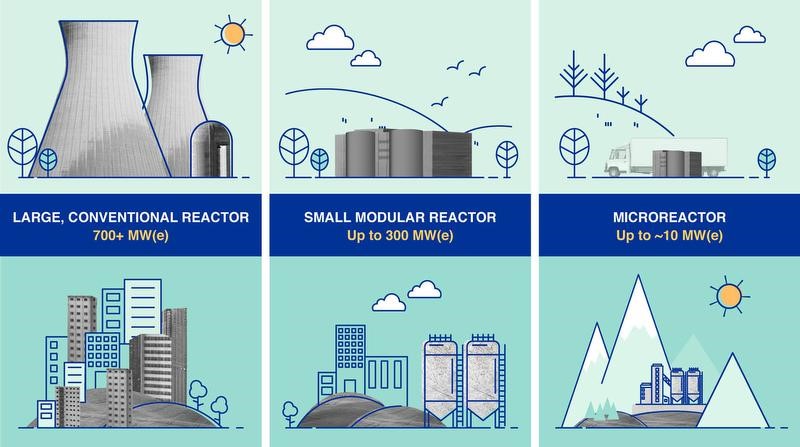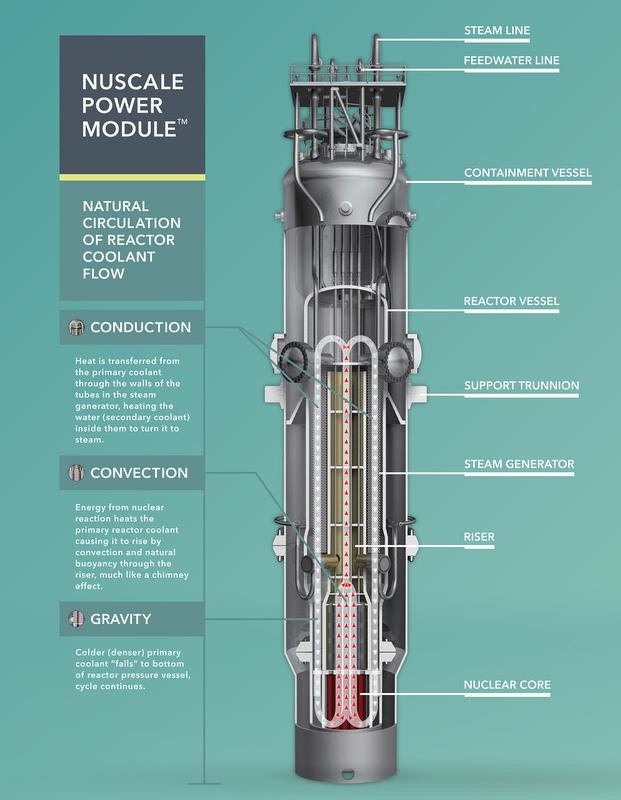Free Courses Sale ends Soon, Get It Now


Free Courses Sale ends Soon, Get It Now



Disclaimer: Copyright infringement not intended.
Context
Details
Introduction
Understanding SMRs

Challenges of Decarbonization
Advantages of SMRs
Grid Integration and Energy Security
Applications and Use Cases
Challenges and Considerations
Global Developments
Role in Energy Transition
India's Energy Landscape
Conclusion
SMRs offer promise in India's journey towards decarbonization and net-zero emissions. Their enhanced safety features, compatibility with existing infrastructure, and potential for private sector investments make them an attractive option. However, efficient regulatory frameworks, collaboration among nations, and public awareness are essential to harness SMRs' benefits and contribute to a sustainable energy future.
|
PRACTICE QUESTION Q. Discuss the concept of Small Modular Reactors (SMRs) and their potential role in addressing the challenges of decarbonization and providing clean, reliable energy. (250 Words) |
https://epaper.thehindu.com/ccidist-ws/th/th_delhi/issues/47118/OPS/G7BBJKJST.1+GERBJM7J5.1.html
© 2024 iasgyan. All right reserved